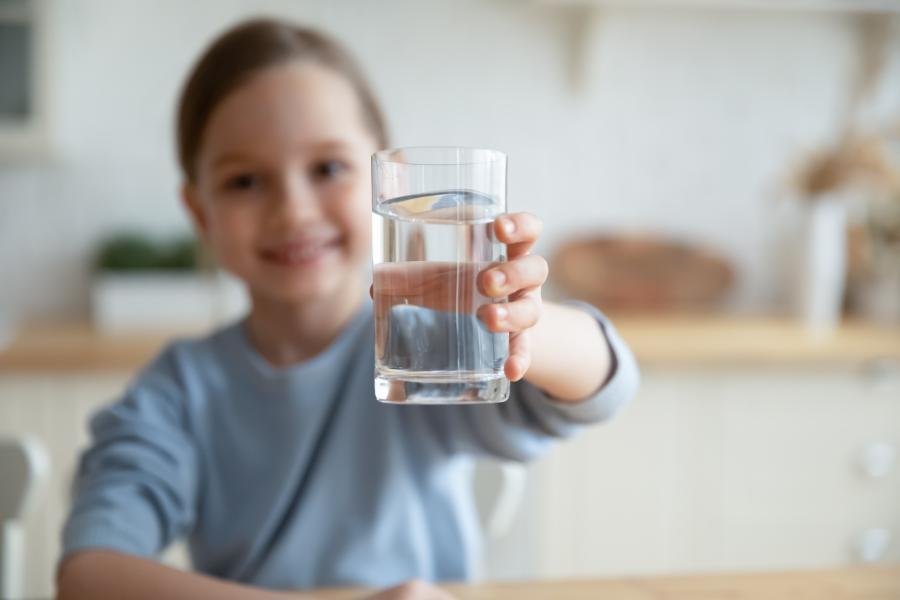2018 Highlight: Leading the Way in Water Quality

This year, our water quality experts led the way in developing new and innovative ways to maintain the high quality of our drinking water from lake to tap.
Monitoring Buoys & Hypoxia Forecasting
For a second year, Cleveland Water’s four treatment plants received data from two Great Lakes Observing System (GLOS) buoys, helping us to proactively monitor Lake Erie’s water quality.
All summer long we shared how parameters the buoys measure, like lake temperature and dissolved oxygen levels, help us anticipate and respond to changes in the lake water quality before it is drawn into our four treatment plants.
Besides using the buoy data to make adjustments to the water treatment process, the data and observations collected are being used to develop a Hypoxia Early Warning System. Our water quality experts are working in partnership with the NOAA Great Lakes Environmental Research Lab (GLERL) and the Cooperative Institute for Great Lakes Research (CIGLR) to develop this cutting-edge forecasting model. When finalized, the model will predict when and where hypoxic water in Lake Erie will occur and how it moves around the lake. It will also provide drinking water treatment plant managers with an early warning system for hypoxic waters that functions in a similar fashion to meteorological forecasts. Learn more about this new tool and the research behind it here: https://ciglr.seas.umich.edu/fall-2018-e-newsletter/spotlight-cleveland-water/
Lead Awareness Campaign
In October, we launched a new Lead Awareness Campaign to highlight recent changes in our approach to addressing lead service lines and amplify existing lead education efforts.
The campaign keeps Cleveland Water in compliance with new state regulations that require certain information about lead to be provided to customers whenever water main repair or replacement work occurs in an area that has or is likely to have lead service lines.
Customers in these project areas will receive door notices, pamphlets, flyers, and other relevant materials with information and instructions on how to ensure drinking water delivered to their home maintains its high quality before, during, and after construction activities.
Going beyond the new requirements, the campaign includes numerous outreach efforts to educate our customers. These education efforts highlight the actions we take to reduce potential exposure to lead in drinking water as well as actions customers can take to know the potential for lead in their plumbing systems.
Cleveland Water was instrumental in working with the Ohio EPA to create new guidelines for developing an effective Lead Awareness Campaign for public water systems throughout the state to use. Many of the guidelines were based on actions we were already doing or had planned to do.
Additional details can be found on our website at clevelandwater.com/lead.
2018 by the Numbers
- 75.35 billion gallons of water treated
- 160,000+ water quality tests performed on over 100 parameters
- 100% of Lead Monitoring test results below 3.3 parts per billion (ppb) and 90% below 1.8 ppb, 88% below the federal requirement of 15 ppb
